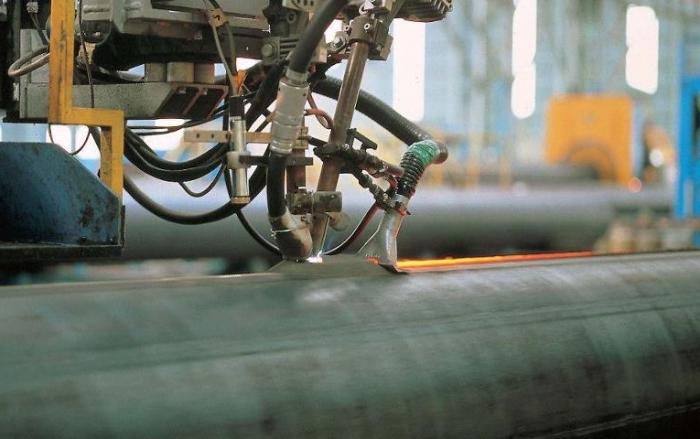At present, an increasing number of factories are engaged in the re-equipment and modernization of their workshops, and the improvement of technological equipment. And, of course, there is a widespread replacement of manual arc welding machines with devices with which automatic welding is performed. This re-equipment allows to increase productivity, and also provides ample opportunities for the restoration of parts by industrial method in industrial volumes.
Most commonly used are automatic submerged arc welding. This allows parts to be surfaced, which is considered a cost-effective solution that increases productivity, and also improves the quality of the weld.

If automatic welding of parts is carried out in the open air, but at the same time there is a flux surfacing on the formed seam, then it is said that the arc burns in an enclosed space. This phenomenon is explained by the fact that the flux layer is a kind of electrode coating, which means that it protects the weld place from the harmful effects of the ambient air. In addition, flux surfacing is used to prevent possible spraying of molten metal.
Automatic welding under a flux layer traditionally takes place using electrode wire without coating. This method allows you to eliminate a significant number of disadvantages inherent in electric arc welding. At the same time, the metal of the parts being welded becomes more uniform, which helps to improve the quality and density of the weld.
If you carefully consider the process of passage of the weld current through the parts to be welded, you will notice that the arc burns in a small gap between the electrode wire and the part to be welded. Of course, it should be noted that this wire is fed from a coil, which is unwound automatically and fed into the welding zone as the welding end melts. For these events, a special mechanism is used that is built into the welding machine. Thus, the flow of flux comes from a small tank - hopper. A small fraction of it melts under the influence of an
electric arc . However, after cooling and solidification of the weld, the previously melted flux is easily removed. Unused flows back into the cavity of the hopper and is used in subsequent welding processes.
Automatic welding involves many methods that improve its performance.
1. Increase in welding current. It is used to increase the welding depth, the so-called metal penetration depth. In this case, it is important that the width of the weld practically does not change.
2. An increase in the cross section of the electrode. This, on the contrary, leads to an increase in width and a decrease in the depth of the weld. In turn, the inverse transformations, that is, a decrease in the cross section of the wire, entail a deeper welding and reduce the width of the weld.
3. Studies have shown that even with a slight increase in the speed of advancement of the arc, the height of the weld metal roller increases significantly, while the penetration depth and seam width decrease.
Thus, it can be rightly noted that automatic welding is significantly superior to manual electric welding.